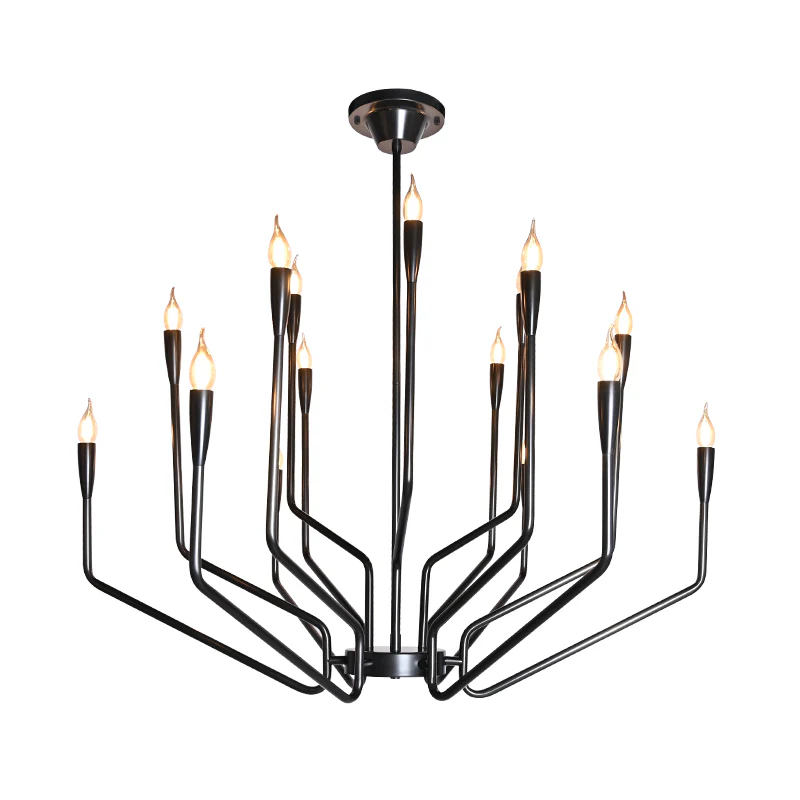Understanding Recessed Lighting: Definition and Applications
Understanding Recessed Lighting: Definition and Applications
Recessed lighting, often referred to as can lights or downlights, is an essential element in modern interior design. This article delves deep into the definition of recessed lighting, its diverse applications, advantages, and tips on how to effectively incorporate it into various spaces.
What is Recessed Lighting?
Recessed lighting is a type of lighting fixture that is installed into a hollow opening in the ceiling. It is designed to provide a clean and unobtrusive lighting solution that can enhance the Aesthetics of any room. Instead of being mounted on the surface of the ceiling, recessed lights are set within the ceiling itself, creating a streamlined and modern appearance.
Key Components of Recessed Lighting
Recessed lighting consists of several key components:
- Housing: This is the shell that holds the light bulb and is installed above the ceiling.
- Trim: The visible part of the fixture that surrounds the light bulb, available in various styles and finishes.
- Light Bulb: The type of bulb used can vary, including LED, incandescent, or compact fluorescent.
- Mounting Frame: Often used to securely hold the fixture in place during installation.
Applications of Recessed Lighting
Recessed lighting is versatile and can be applied in numerous settings. Here are some common applications:
| Application | Description |
| Residential | Used in living rooms, kitchens, and bedrooms to create ambient light. |
| Commercial | Often found in offices, retail spaces, and restaurants to provide focused illumination. |
| Architectural | Used to highlight architectural features and artwork. |
| Theater | Ideal for providing quality lighting in home theaters and entertainment spaces. |

In residences, recessed lights are popular in rooms such as kitchens and living areas where they can be arranged to provide both general and accent lighting. They can also be effectively utilized in bathrooms for a sleek, modern appearance, placed around Mirrors or above vanity areas.
Benefits of Recessed Lighting
Recessed lighting offers several advantages that make it an attractive lighting choice:
- Space-Saving: Since fixtures fit flush with the ceiling, they don’t take up any physical space, helping rooms appear larger.
- Versatility: Available in various trim styles and bulb types, recessed lights can be adapted to fit any decor.
- Improved Focus: They can be strategically placed to highlight specific areas, objects, or features within a room.
- Energy-Efficiency: With the advancement of LED technology, recessed lighting can now be highly efficient while providing ample brightness.
Installation of Recessed Lighting
Correct installation is crucial to maximize the effectiveness of recessed lighting. Here’s an overview of the installation process:
Step-by-Step Guide
- Planning: Decide on the locations for the fixtures based on the lighting needs and the layout of the room.
- Choosing Fixtures: Select appropriate housings and trims that fit the design of your space.
- Wiring: Ensure you have the necessary electrical connections, and consider hiring a professional electrician for safety.
- Cutting Openings: Use a drywall saw to create openings for each fixture; make sure they are the correct size.
- Installation: Securely install the housing and connect the wiring as required.
- Insert Trims and Bulbs: Finally, insert the trims and bulbs to complete the installation.
It is advisable to consult an electrician for proper installation, especially for homes with complex electrical systems. This ensures compliance with local building codes and guarantees safety.
Common Questions about Recessed Lighting
People often have specific questions when considering the installation of recessed lighting. Here are some frequently asked questions:
1. What size recessed lights do I need?
The size of the recessed lights primarily depends on the ceiling height and the area you want to illuminate. Typically, 4-inch lights are suitable for general lighting, while 6-inch fixtures are better for larger areas.
2. How many recessed lights do I need?
A common guideline is to allow approximately 3 to 4 feet of space between each fixture for even lighting. However, this may vary based on the desired intensity and purpose of the lighting.
3. Can recessed lighting be dimmed?
Yes, most recessed lighting designs can be made dimmable. Ensure you choose compatible bulbs and dimmer switches to create the perfect ambiance.
4. What is the best bulb for recessed lighting?
LED bulbs are highly recommended for recessed lighting due to their energy efficiency, long lifespan, and available brightness options. They also produce less heat compared to incandescent bulbs.
Conclusion: Elevate Your Space with Recessed Lighting
In summary, recessed lighting is a versatile and stylish solution to illuminate any space, whether it be in residential or commercial environments. Understanding the definition of recessed lighting and its various applications allows homeowners and designers alike to make informed decisions that enhance both functionality and aesthetic appeal. When planning for recessed lighting, consider the benefits, installation tips, and answer any lingering questions to ensure the best outcome for your lighting design.
Before proceeding with installation, assess your lighting needs, determine your budget, and consider enlisting the services of a professional. With careful planning and execution, recessed lighting can transform your environment, providing not just light, but creating an atmosphere of comfort and style.
